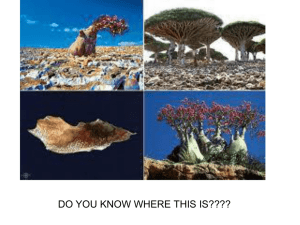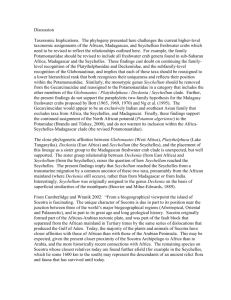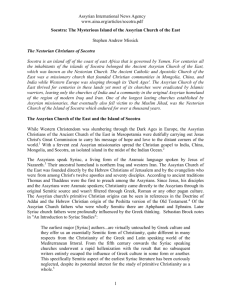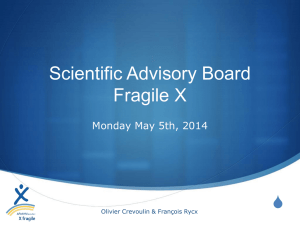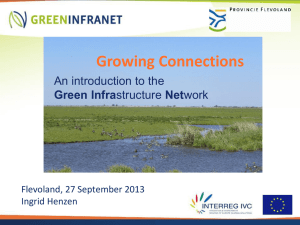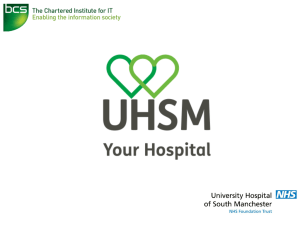Socotra - Hodder Education
advertisement
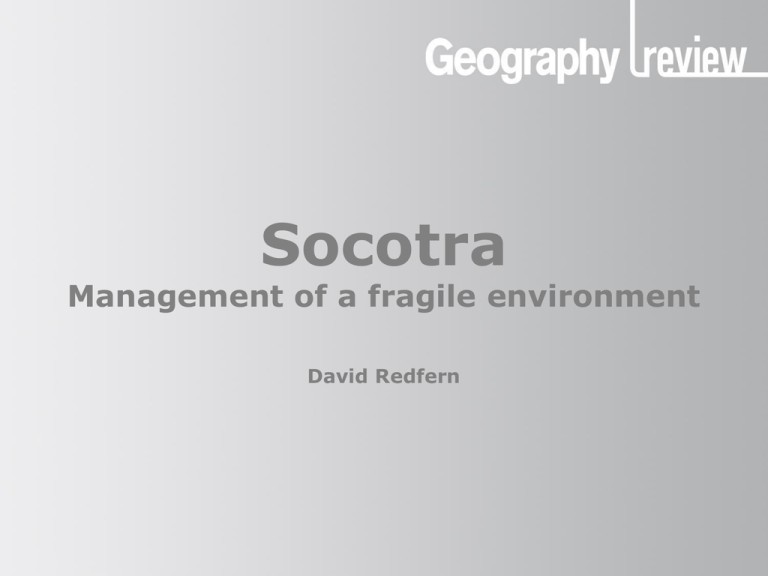
Socotra Management of a fragile environment David Redfern Socotra: a fragile environment What this presentation covers • The location and nature of Socotra • The Socotra Governance and Biodiversity Project (SGBP) • Further conservation issues on the islands • Opportunities for further research Socotra: a fragile environment What and where is Socotra • Socotra (or Soqotra), is a small archipelago of four islands in the Indian Ocean. The largest island is also called Socotra. • It lies 240 km east of the Horn of Africa and 380 km south of the Arabian Peninsula. • Because of its isolation, a third of Socotra’s plant life, and most of its reptiles, are found nowhere else on the planet. They are endemic. • It has been described as the most alien-looking place on Earth. The main island measures 132 km in length and 50 km in width. • Socotra is part of the Republic of Yemen. Socotra: a fragile environment Socotra: a fragile environment The Socotra Governance and Biodiversity Project (SGBP) The islands have 300 endemic plants, such as the dragon blood tree, and hundreds of endemic animal species. These include: •27 species of reptiles (e.g. gecko and Socotra skink), •8 species of birds (e.g. Socotra sparrow and buzzard) •more than 300 invertebrates. Development of Socotra island threatens to damage this biodiversity. Threats include habitat degradation, pollution, introduction of invasive species and impacts of increasing levels of tourism. Unsustainable resource use, the loss of traditional land management practices and illegal trade in biota are also putting pressure on Socotra’s ecosystems. The Socotra Governance and Biodiversity Project (SGBP) is an attempt by the government of the Republic of Yemen, together with the United Nations Development Programme, to conserve the important biodiversity of the Socotra archipelago. Socotra: a fragile environment Boris Khvostichenko Dragon’s blood tree Socotra: a fragile environment SGBP zones The islands have been divided into four zones to aid conservation. General use zones: existing urban areas where some economic development is allowed. There are only two small areas on the island of Socrota: Hadibo and Qalansiyah National Parks: to protect the unique habitats and landscapes and provide opportunities for scientific research, educational use and recreation. Nature sanctuaries: undeveloped areas of land and sea that are strictly protected to maintain their natural character. No human use allowed at all. Resource use reserves can be developed by the community, e.g. for farming, as long as biodiversity is maintained. Most of these are offshore fishing grounds. Socotra: a fragile environment Local knowledge In order to maintain the landscapes and ecosystems that support the Socotra biota, while allowing sustainable development, some experts believe it is necessary to protect and maintain local expertise and knowledge. Traditional systems for sustainable management have protected the unique environment of the island for many years. For the local inhabitants, conservation ensures survival – there is no better way of protection. Emai4mobile Socotra: a fragile environment Socotra: a fragile environment Further issues and websites Socotra is at a point where choices made by others, such as tourists, will affect its future. What sort of tourist would you be? •See Socotra on YouTube •Beautiful National Geographic photos •Socotra Governance and Biodiversity Project •Download a pdf: Socotra in love with nature
